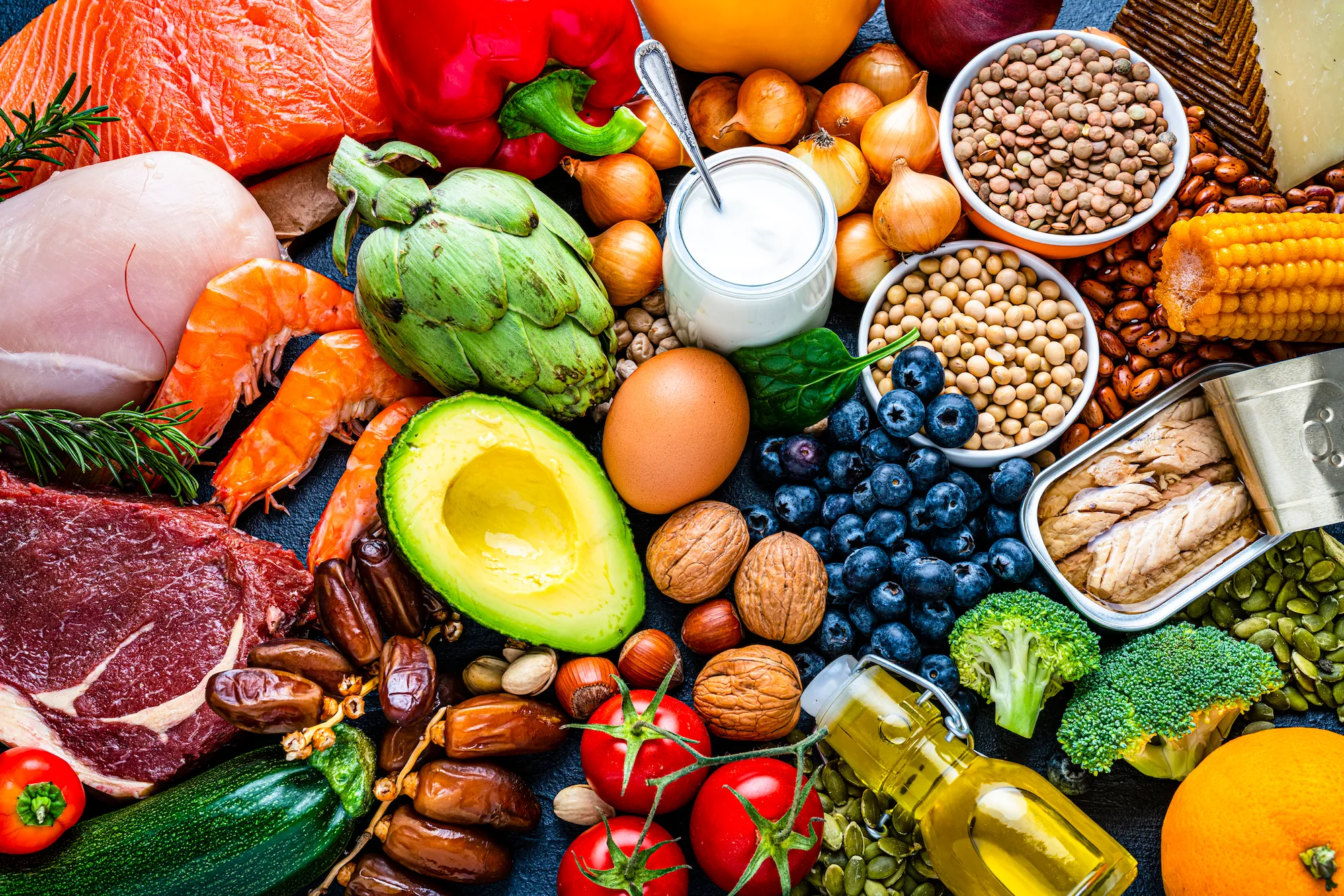Reading nutrition labels is crucial for making informed decisions about your food choices and ensuring you maintain a balanced and healthy diet. Here’s a comprehensive guide on how to read nutrition labels like a pro:
1. Serving Size
- Understand Portion Sizes: The serving size is the first thing to check. It’s critical because all the information on the label, including calories and nutrients, is based on this serving size.
- Compare to Your Intake: Compare the serving size to the amount you typically consume to accurately calculate nutritional intake.
2. Calories
- Caloric Value: Note the total calories per serving. This figure indicates the amount of energy you’ll get from consuming one serving of the food.
- Calories from Fat: Some labels specify how many calories come from fat, providing insight into the proportion of calories derived from fat content.
3. Nutrients to Limit
- Saturated and Trans Fats: Keep these as low as possible. High intake is linked to increased risk of heart disease.
- Sodium: Limit intake to promote heart health and manage blood pressure.
- Added Sugars: Excess consumption can contribute to obesity and other health issues.
4. Nutrients to Emphasize
- Dietary Fiber: Helps maintain digestive health and promotes satiety.
- Vitamins and Minerals: Ensure sufficient intake of essential nutrients like vitamins A, C, D, calcium, and iron.
- Protein: Important for muscle repair and overall body function.
5. Percent Daily Value (%DV)
- Quick Reference: %DV shows how much a nutrient in a serving contributes to your daily diet based on a 2,000-calorie daily diet.
- Understanding Percentages: 5% DV or less is considered low, while 20% DV or more is high.
- Use as a Guide: Use %DV to quickly gauge whether a food is high or low in a particular nutrient.
6. Footnotes
- Footnote Information: Usually found at the bottom of the label, it explains %DV and provides context about daily dietary recommendations.
7. Ingredients List
- Order Matters: Ingredients are listed by weight, with the main ingredient first and descending in order.
- Hidden Sugars and Fats: Look out for different names for added sugars and fats, like high-fructose corn syrup or hydrogenated oils.
Tips for Practical Use:
- Compare Products: Use labels to compare similar products to make healthier choices.
- Consider Your Needs: Adapt labels to fit personal dietary requirements, such as low-sodium or high-fiber.
- Be Mindful of Servings: If consuming multiple servings, multiply all values accordingly to maintain accuracy.
Example Application:
- Scenario: Considering a granola bar with 200 calories per serving and 12 grams of sugar.
- Action: Check the serving size. If one serving is half a bar, and you plan to eat the entire bar, double the sugar count and calories.
Conclusion
Understanding nutrition labels empowers you to make informed dietary choices. By focusing on serving sizes, calorie content, nutrients to limit, and those to emphasize, you’ll efficiently navigate labels and enhance your overall health.











